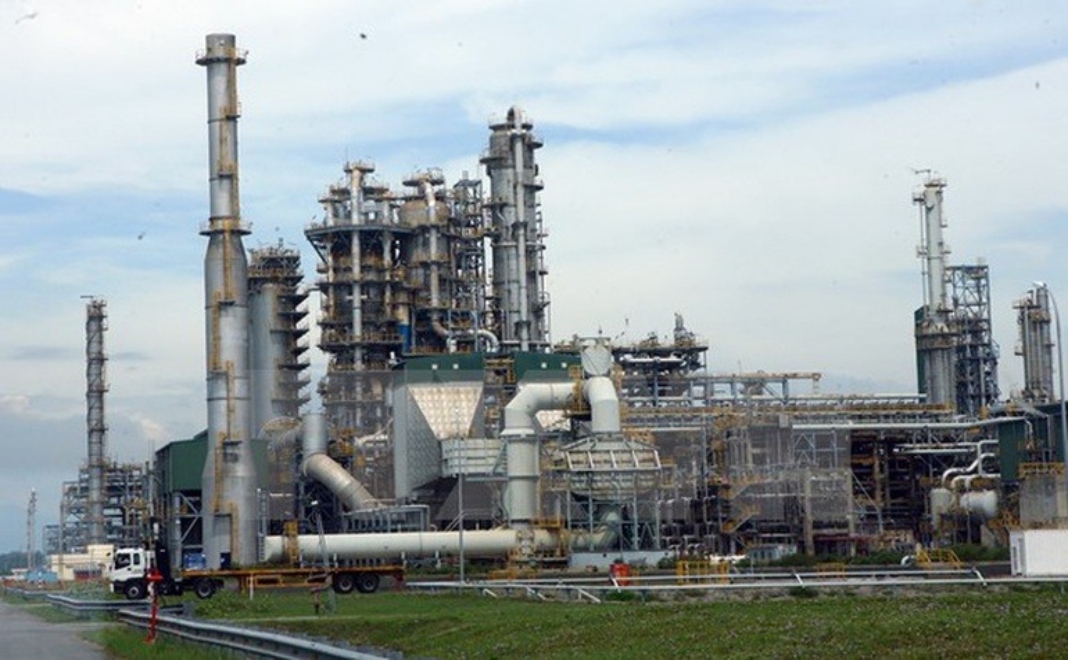HCMC – The output of the Nghi Son Refinery and Petrochemical LLC, which accounts for 40% of the domestic fuel supply, is estimated to fall by 20-25% or around 125,000 cubic meters in the first 10 days of 2023 due to technical issues.
Nghi Son has shut down its residual fluid catalytic cracking (RFCC) unit to fix its leakage.
This RFCC unit is expected to return to regular operation in mid-January and increase production to compensate for the shortfall until the Lunar New Year, according to the Ministry of Industry and Trade.
The Minister of Industry and Trade, Nguyen Hong Dien, requested PetroVietnam to direct the refinery to fix the technical issues as soon as possible.
The Nghi Son and Dung Quat oil refineries have been asked to ramp up production to the maximum as well as use reserves and other sources to ensure adequate fuel supply in the market.
The minister also asked fuel wholesalers to actively seek other fuel supplies and increase their fuel imports to prevent supply disruptions during the Lunar New Year and until the end of the first quarter of this year.
With an investment of US$9 billion, Nghi Son oil refinery in Thanh Hoa Province has a processing capacity of 200,000 barrels per day or some 10 million tons of crude oil per year. It is nearly double the capacity of the Dung Quat Oil Refinery in Quang Ngai Province.
Nghi Son refinery once reduced its output by 25% at the end of January last year as it could not afford to import crude for production. Until the second half of 2022, the refinery increased its capacity to the maximum, with average output of around 600,000 cubic meters per month.
The refinery is owned by a consortium of four domestic and international firms: Japan’s Idemitsu Kosan Co, Kuwait Petroleum, Mitsui Chemicals Inc, and Vietnam’s state oil firm PetroVietnam.









